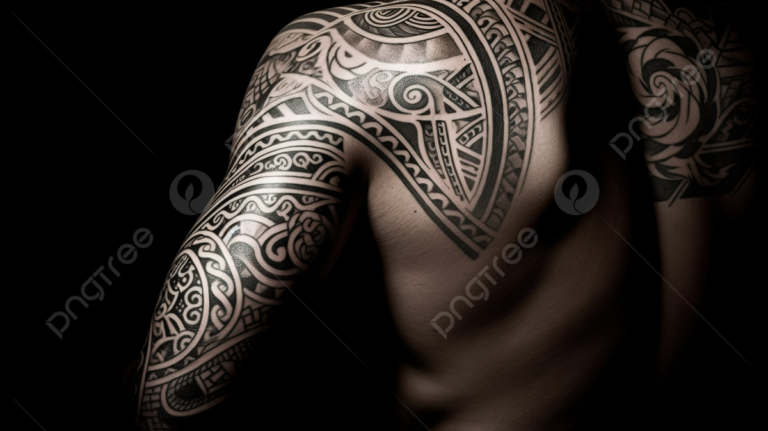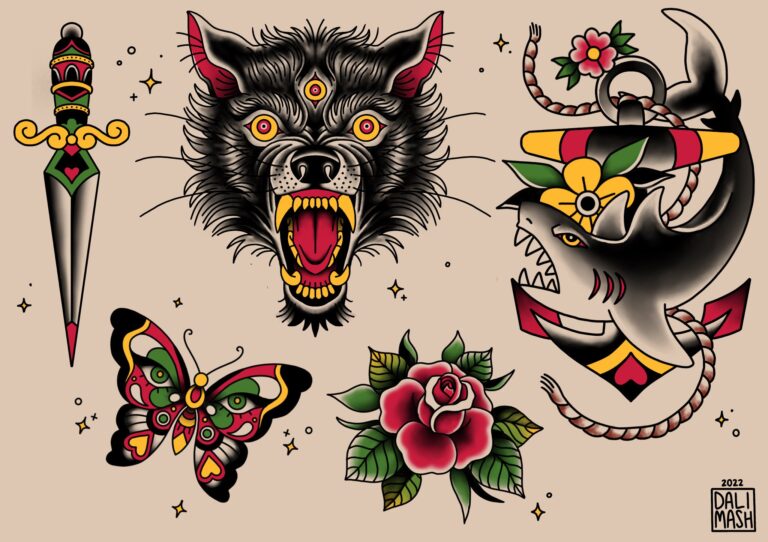Introduction: Tattoos have long served as expressions of identity, culture, and personal stories. Delving into the history of tattoos reveals an intricate tapestry that spans across civilizations and epochs. From ancient times to the modern era, the art of tattooing has left an indelible mark on human history. In this blog post, we embark on a captivating journey through time to explore the origins and evolution of tattoos.
- Ancient Beginnings: The origins of tattoos can be traced back thousands of years to ancient civilizations. In ancient Egypt, tattoos were worn by both men and women and held religious and spiritual significance. Similarly, the art of tattooing flourished in ancient China and Japan, where tattoos were used as symbols of status and protection.
- Polynesian Traditions: The Polynesian islands hold a rich tattooing heritage. The intricate patterns of Polynesian tattoos, such as the Maori designs in New Zealand and Samoan tatau, were imbued with deep cultural meanings. These tattoos served as symbols of lineage, social status, and rites of passage.
- Tattoos in the Western World: Tattooing in the Western world experienced a renaissance during the Age of Exploration. European sailors and explorers encountered indigenous cultures with elaborate tattoo traditions, and they embraced tattooing upon their return. In the 18th and 19th centuries, tattoos became popular among sailors, marking their voyages, achievements, and camaraderie.
- Evolution in Modern Times: The 20th century witnessed significant developments in the art of tattooing. In the mid-1900s, tattooing became more accessible to the general public, thanks to advancements in technology and the establishment of professional tattoo studios. Tattoo artists like Norman “Sailor Jerry” Collins and Ed Hardy played instrumental roles in popularizing tattoos as an art form.
- Contemporary Tattoo Culture: In recent decades, tattoos have transcended social boundaries and gained mainstream acceptance. The rise of pop culture and celebrity influences have contributed to the widespread popularity of tattoos. Additionally, advancements in tattooing equipment, techniques, and styles have given artists unprecedented creative freedom, leading to diverse and innovative designs.
Conclusion: Tattoos have evolved from ancient cultural practices to a global phenomenon. As an enduring form of self-expression, tattoos have connected individuals across time and cultures, embodying personal narratives and societal transformations. Understanding the history of tattoos provides us with a deeper appreciation for this remarkable art form. Whether we choose to embrace tattoos as a means of storytelling, commemoration, or simply as a form of artistic expression, they continue to shape and reflect the diversity of human experiences.




